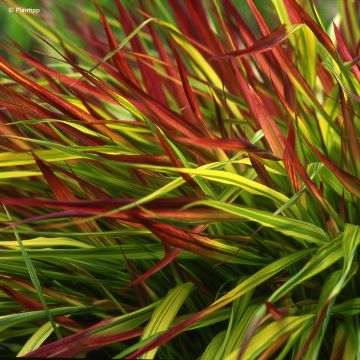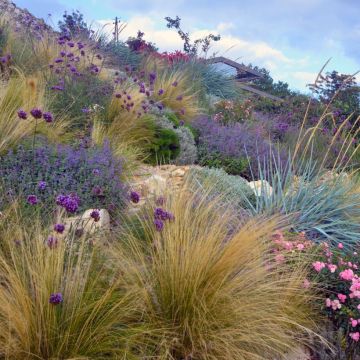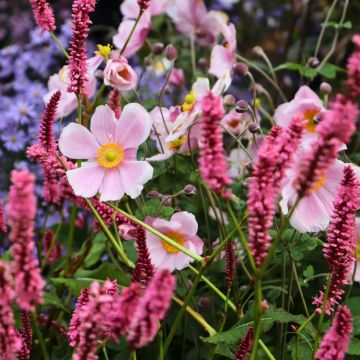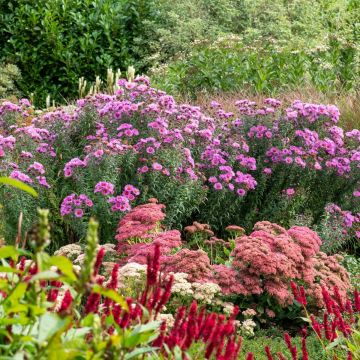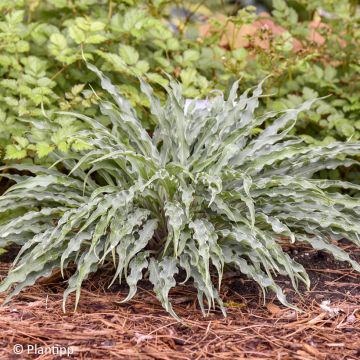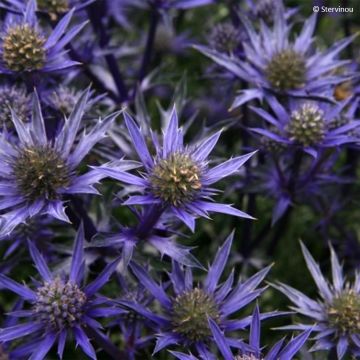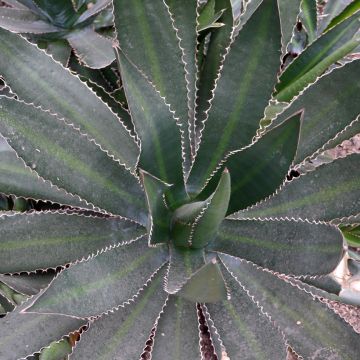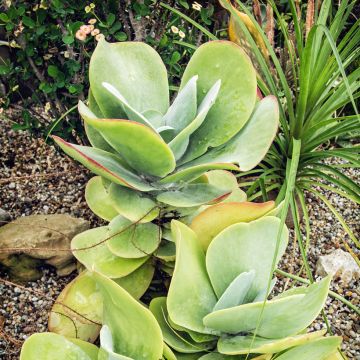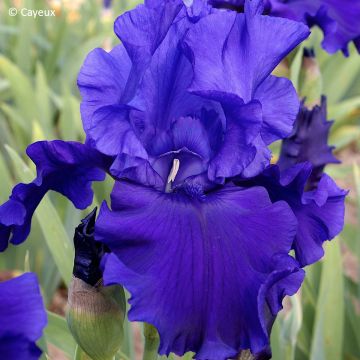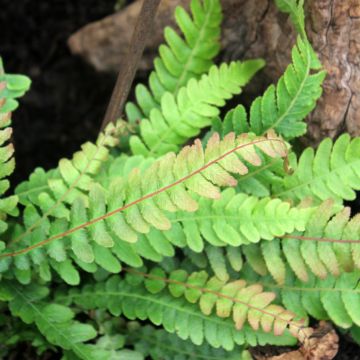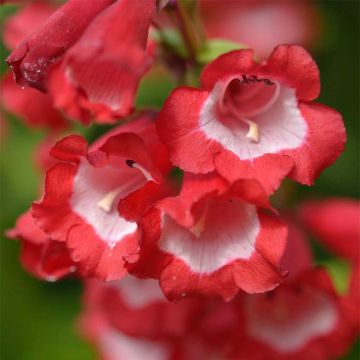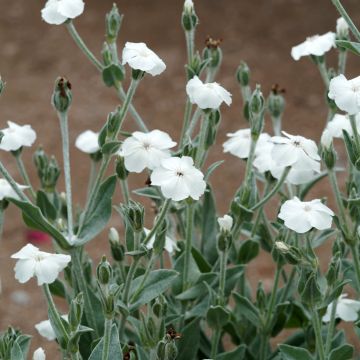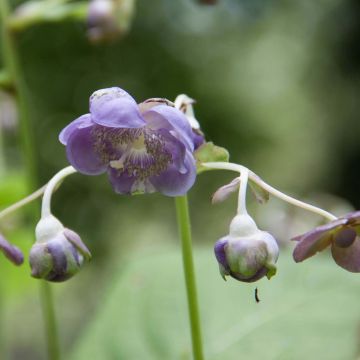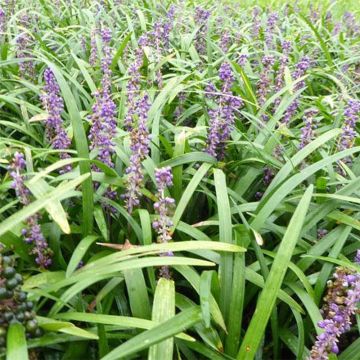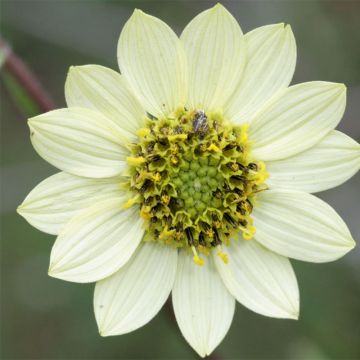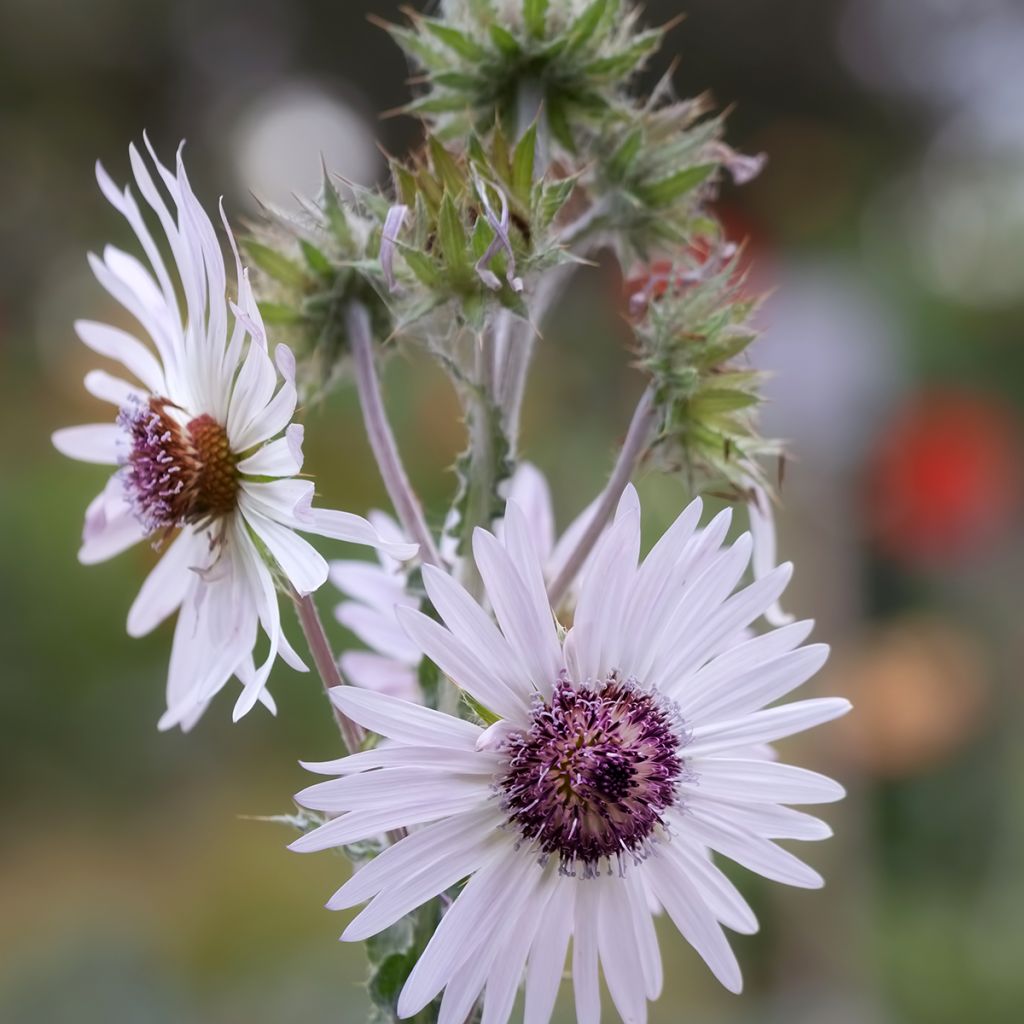

Berkheya purpurea - Purple Berkheya
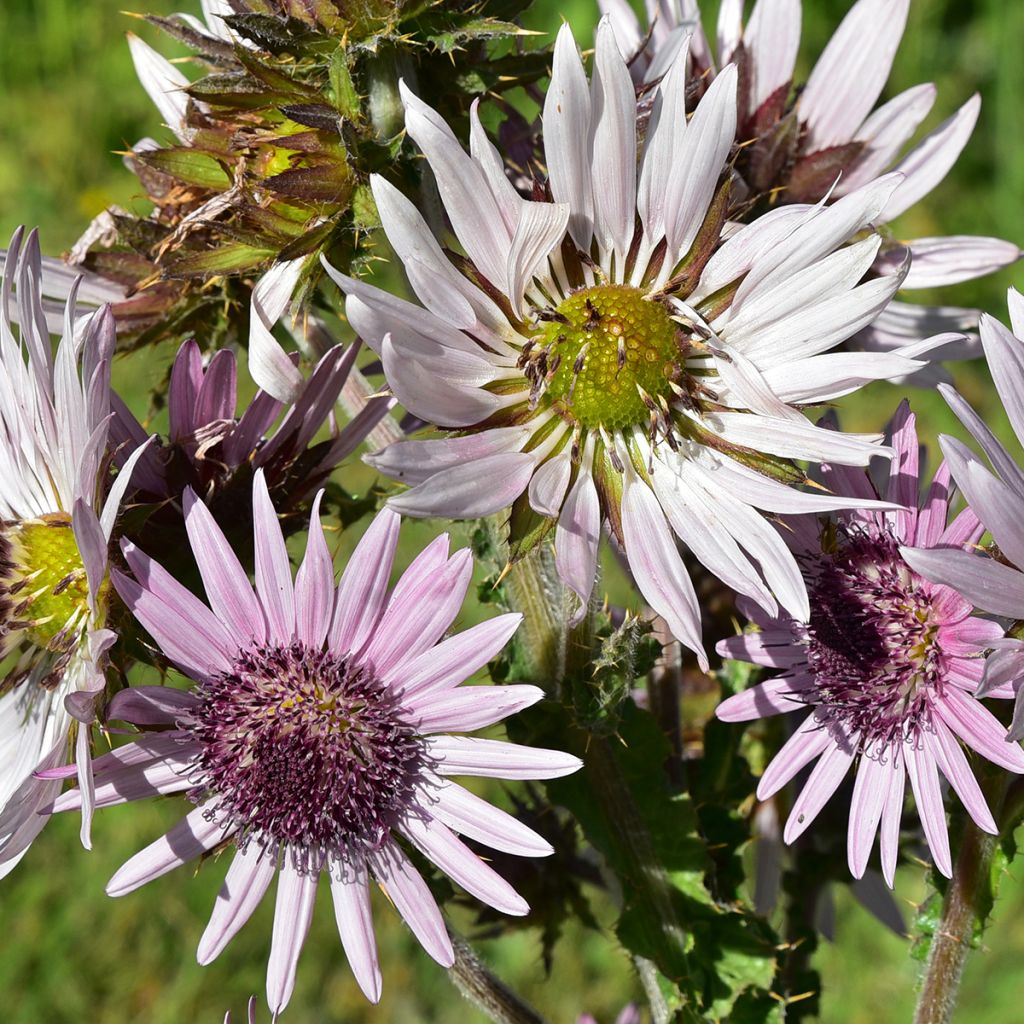

Berkheya purpurea - Purple Berkheya
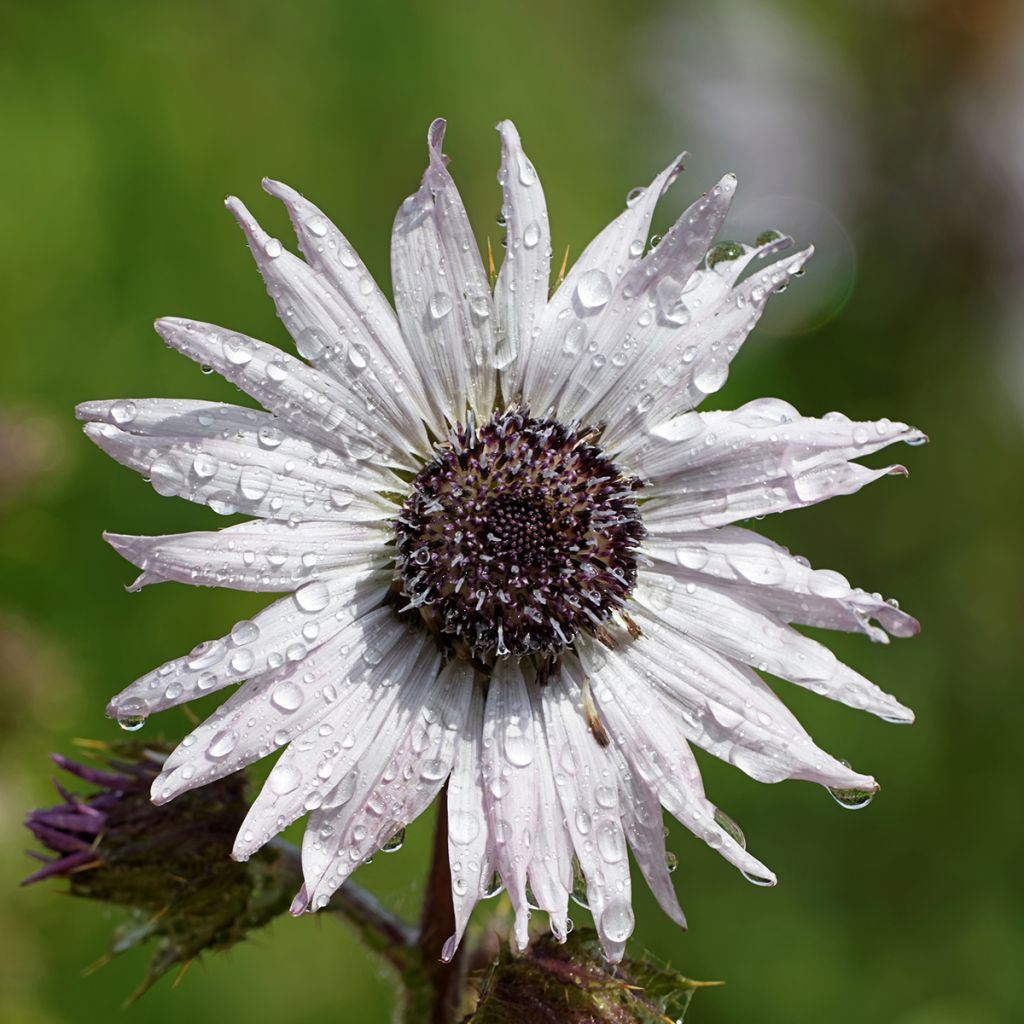

Berkheya purpurea - Purple Berkheya
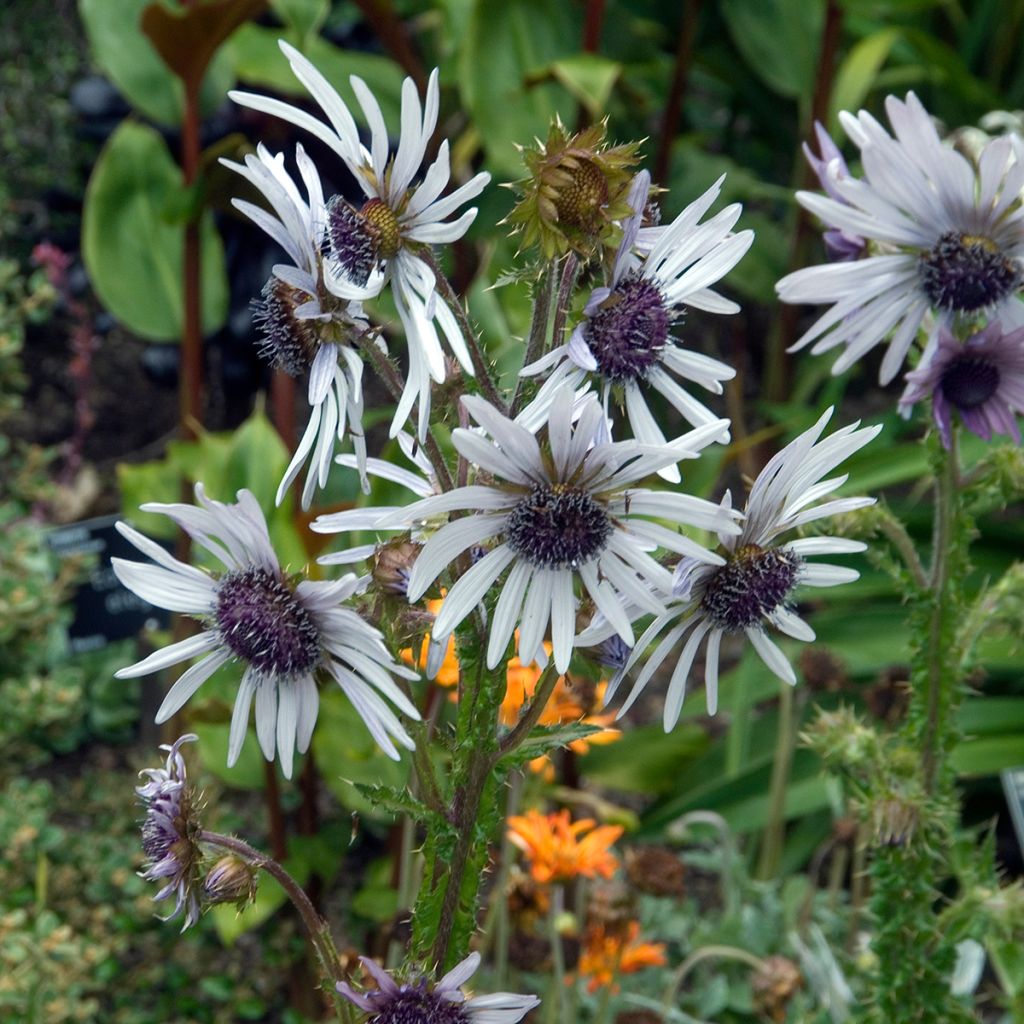

Berkheya purpurea - Purple Berkheya
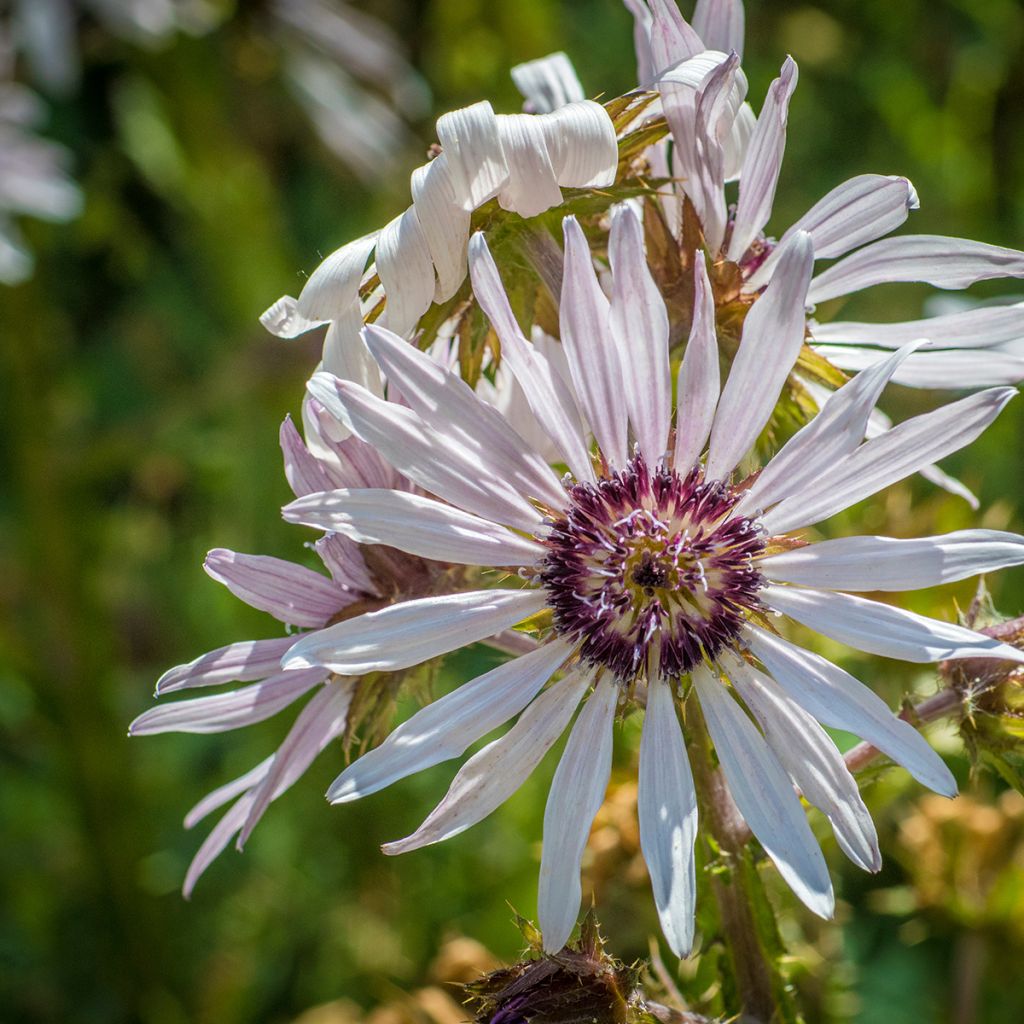

Berkheya purpurea - Purple Berkheya


Berkheya purpurea - Purple Berkheya
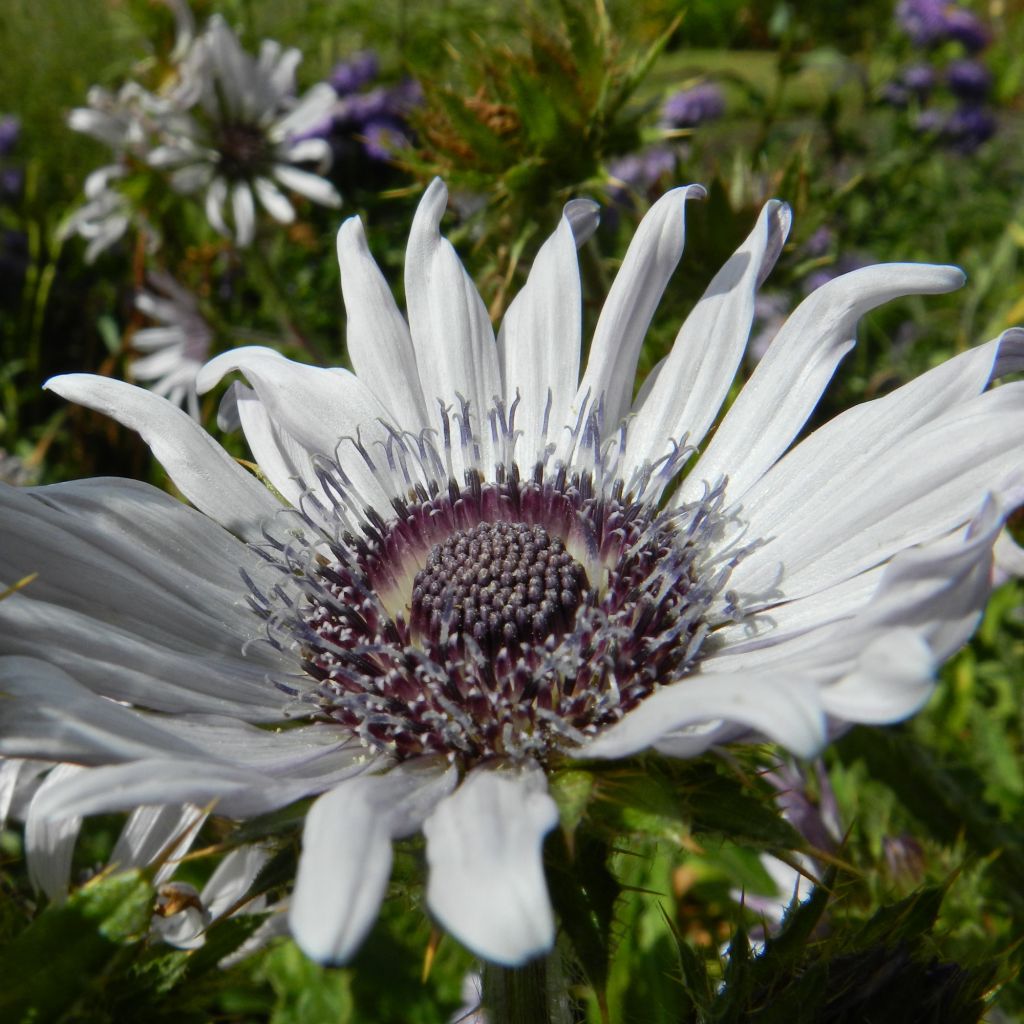

Berkheya purpurea - Purple Berkheya
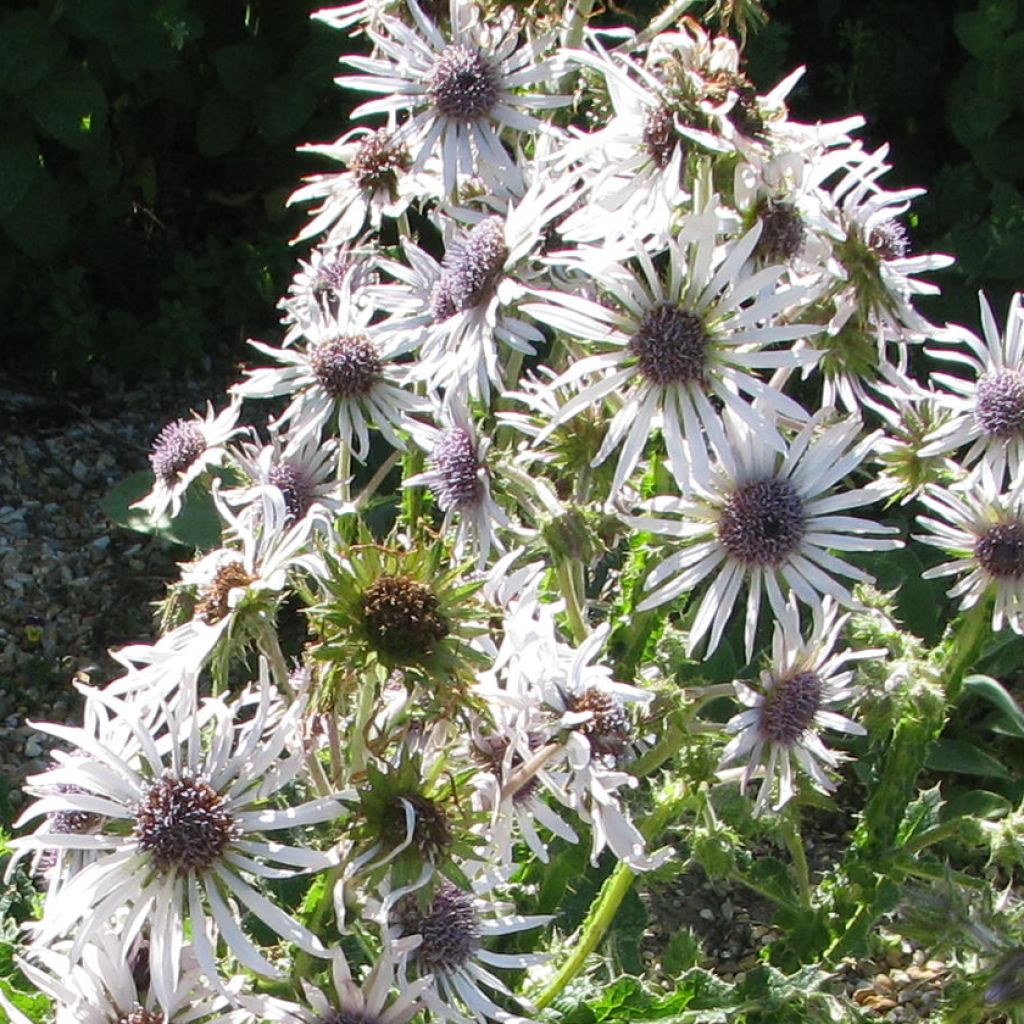

Berkheya purpurea - Purple Berkheya
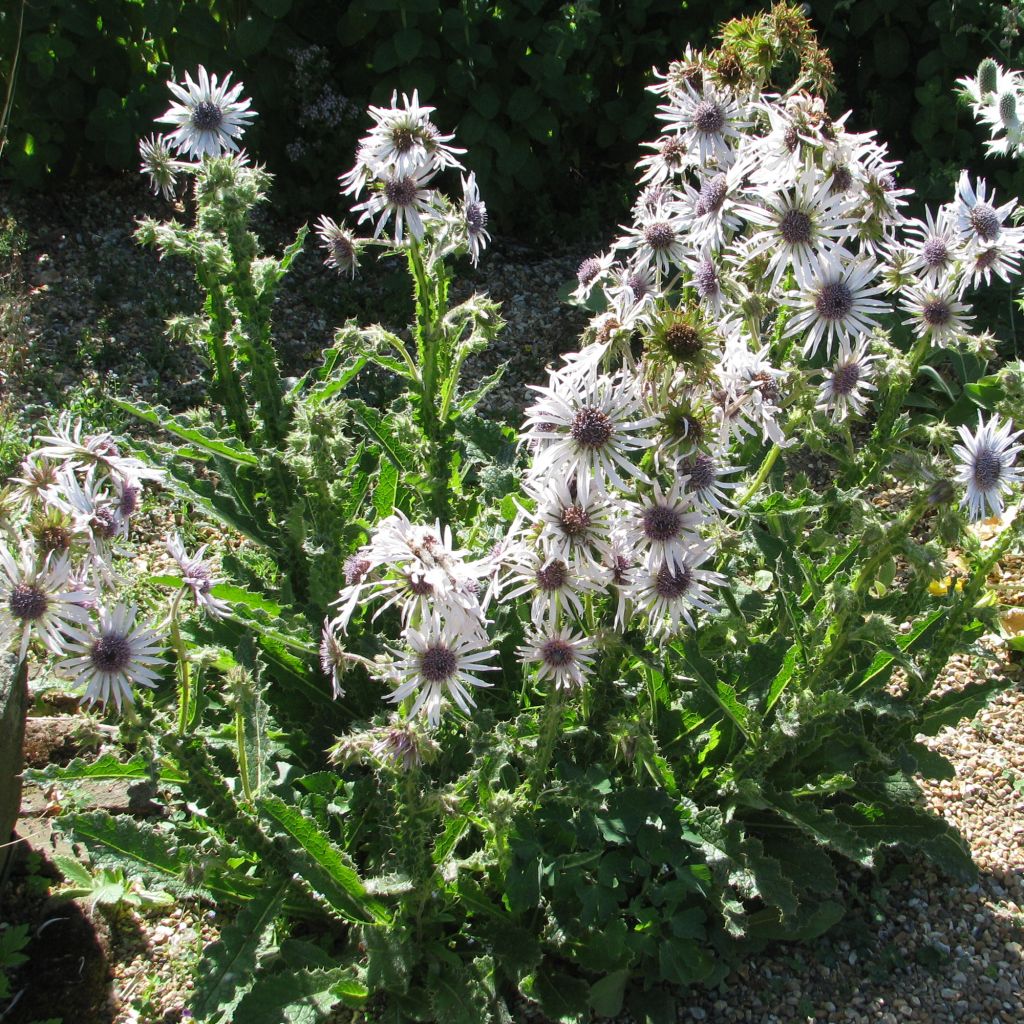

Berkheya purpurea - Purple Berkheya
Berkheya purpurea - Purple Berkheya
Berkheya purpurea
Purple Berkheya, Purple Sunflower
I live in Quebec and this young plant is hardy up to -30C. It flowers here in August, a very beautiful flower that requires staking in windy areas.
Serge, 11/08/2022
Special offer!
Receive a €20 voucher for any order over €90 (excluding delivery costs, credit notes, and plastic-free options)!
1- Add your favorite plants to your cart.
2- Once you have reached €90, confirm your order (you can even choose the delivery date!).
3- As soon as your order is shipped, you will receive an email containing your voucher code, valid for 3 months (90 days).
Your voucher is unique and can only be used once, for any order with a minimum value of €20, excluding delivery costs.
Can be combined with other current offers, non-divisible and non-refundable.
Why not try an alternative variety in stock?
View all →This plant carries a 12 months recovery warranty
More information
We guarantee the quality of our plants for a full growing cycle, and will replace at our expense any plant that fails to recover under normal climatic and planting conditions.

Would this plant suit my garden?
Set up your Plantfit profile →
Description
Berkheya purpurea, nicknamed South African Purple Thistle, is one of those unusual large perennials with a wild charm that give a special touch to the garden of a collector. Resembling a thistle, it is botanically closer to Arctotis and Gazania. It develops a persistent rosette composed of long, grey-green, spiny, fuzzy leaves, from which tall, branched stems emerge in summer, bearing large inflorescences resembling pale purple daisies around a purplish centre. Relatively hardy in well-drained soil, it will self-seed freely in a natural garden, in a large rockery, near a pathway, or in a sunny flower bed.
Berkheya purpurea is a plant in the Asteraceae family, native to cool high-altitude grasslands in eastern South Africa. Its natural habitat is a large, moist, rocky escarpment along watercourses, in a cold and occasionally hot and dry climate. This plant is therefore capable of adapting to our climates, mountainous or coastal, with a few waterings if the summer is dry. As an adult, the purple thistle will reach a height of 90cm (35in) when in bloom, 30cm (12in) for the foliage, and 50cm (1 and 20in) in width. Its growth is rapid, and its longevity is quite remarkable in favourable soil. Its leaves form a dense basal rosette. They are long and narrow, thick, upright, pale silver-green, shiny, and edged with spiny teeth. Their undersides are fuzzy. The main attraction of this plant is its flowering, in the form of large 8-10cm (3-4in) diameter heads. The inflorescence consists of a crown of green, spiny bracts supporting the collar of pale mauve-lilac ligules arranged around a centre of purple florets, dusted with white pollen. Each basal rosette produces a single thick stem adorned with small leaves, which branches out and carries between 10 and 15 inflorescences at the same time. Their lifespan does not exceed a few days. They are heavily visited by bees and butterflies, as well as numerous pollinating insects. The flowering is followed by the formation of numerous seeds that easily germinate in light soil.
This purple thistle is a plant that inspires admiration or arouses curiosity, better suited to a country garden or a natural rockery than to an urban garden where each element is precisely placed in a limited space. In fact, this Berkheya self-seeds wherever it finds the slightest crack. It is simply stunning in steep hillside or mountain gardens, in the company of blue delphiniums, Aconitum, and pink or purple roses in moist soil, but also blends well with giant grasses (Panicum virgatum, Miscanthus sinensis), Agapanthus, Grevillea, Callistemon, Cistus, lavenders, and rosemary or tall mulleins in drier gardens.
Report an error about the product description
Berkheya purpurea - Purple Berkheya in pictures


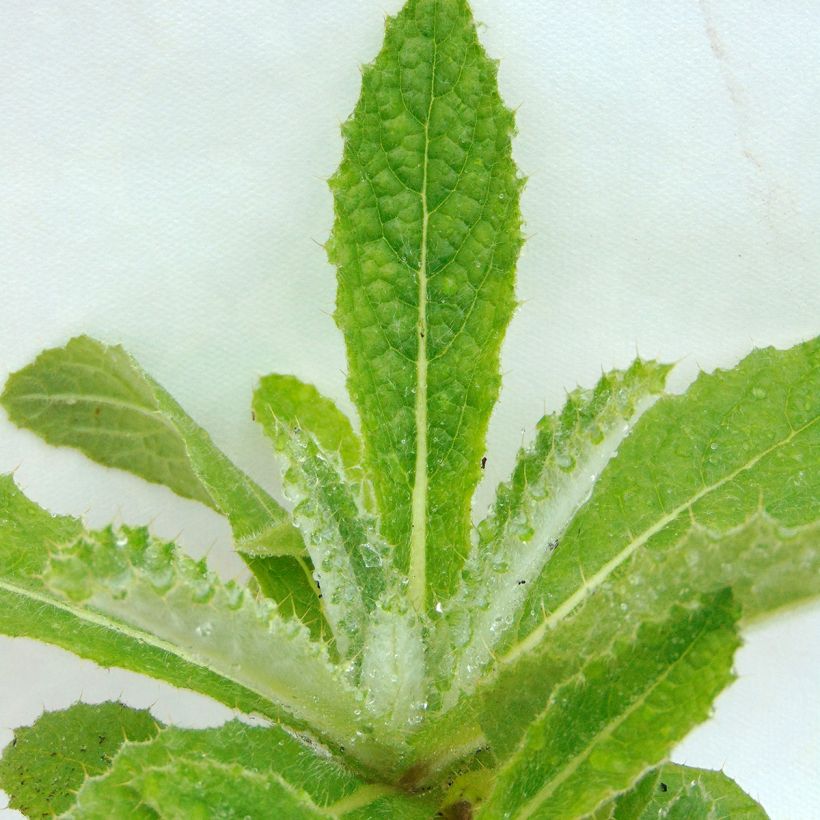

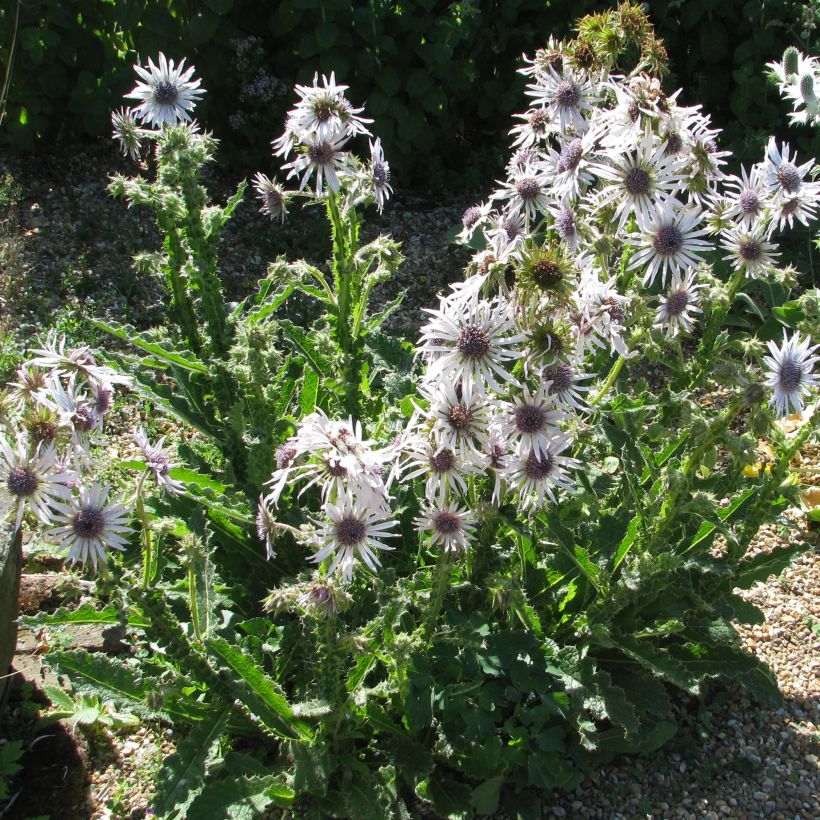

Flowering
Foliage
Plant habit
Botanical data
Berkheya
purpurea
Asteraceae
Purple Berkheya, Purple Sunflower
South Africa
Other Perennials A to Z
View all →Planting and care
Berkheya purpurea thrives in full sun or partial shade in a warm climate, in a regular soil lightened with coarse sand or gravel, both light and well-drained to improve its hardiness (around -10/-12°C (14/10.4°F)). Prune the faded stems after flowering if you want to avoid self-seeding. In cold regions, it is recommended to cover the plant with a winter fleece. This plant also grows very well in pots, in a good horticultural compost. The plant can then be overwintered in a cold greenhouse or in an unheated conservatory.
Planting period
Intended location
Care
Planting & care advice
-
, onOrder confirmed
Reply from on Promesse de fleurs
Similar products
Haven't found what you were looking for?
Hardiness is the lowest winter temperature a plant can endure without suffering serious damage or even dying. However, hardiness is affected by location (a sheltered area, such as a patio), protection (winter cover) and soil type (hardiness is improved by well-drained soil).

Photo Sharing Terms & Conditions
In order to encourage gardeners to interact and share their experiences, Promesse de fleurs offers various media enabling content to be uploaded onto its Site - in particular via the ‘Photo sharing’ module.
The User agrees to refrain from:
- Posting any content that is illegal, prejudicial, insulting, racist, inciteful to hatred, revisionist, contrary to public decency, that infringes on privacy or on the privacy rights of third parties, in particular the publicity rights of persons and goods, intellectual property rights, or the right to privacy.
- Submitting content on behalf of a third party;
- Impersonate the identity of a third party and/or publish any personal information about a third party;
In general, the User undertakes to refrain from any unethical behaviour.
All Content (in particular text, comments, files, images, photos, videos, creative works, etc.), which may be subject to property or intellectual property rights, image or other private rights, shall remain the property of the User, subject to the limited rights granted by the terms of the licence granted by Promesse de fleurs as stated below. Users are at liberty to publish or not to publish such Content on the Site, notably via the ‘Photo Sharing’ facility, and accept that this Content shall be made public and freely accessible, notably on the Internet.
Users further acknowledge, undertake to have ,and guarantee that they hold all necessary rights and permissions to publish such material on the Site, in particular with regard to the legislation in force pertaining to any privacy, property, intellectual property, image, or contractual rights, or rights of any other nature. By publishing such Content on the Site, Users acknowledge accepting full liability as publishers of the Content within the meaning of the law, and grant Promesse de fleurs, free of charge, an inclusive, worldwide licence for the said Content for the entire duration of its publication, including all reproduction, representation, up/downloading, displaying, performing, transmission, and storage rights.
Users also grant permission for their name to be linked to the Content and accept that this link may not always be made available.
By engaging in posting material, Users consent to their Content becoming automatically accessible on the Internet, in particular on other sites and/or blogs and/or web pages of the Promesse de fleurs site, including in particular social pages and the Promesse de fleurs catalogue.
Users may secure the removal of entrusted content free of charge by issuing a simple request via our contact form.
The flowering period indicated on our website applies to countries and regions located in USDA zone 8 (France, the United Kingdom, Ireland, the Netherlands, etc.)
It will vary according to where you live:
- In zones 9 to 10 (Italy, Spain, Greece, etc.), flowering will occur about 2 to 4 weeks earlier.
- In zones 6 to 7 (Germany, Poland, Slovenia, and lower mountainous regions), flowering will be delayed by 2 to 3 weeks.
- In zone 5 (Central Europe, Scandinavia), blooming will be delayed by 3 to 5 weeks.
In temperate climates, pruning of spring-flowering shrubs (forsythia, spireas, etc.) should be done just after flowering.
Pruning of summer-flowering shrubs (Indian Lilac, Perovskia, etc.) can be done in winter or spring.
In cold regions as well as with frost-sensitive plants, avoid pruning too early when severe frosts may still occur.
The planting period indicated on our website applies to countries and regions located in USDA zone 8 (France, United Kingdom, Ireland, Netherlands).
It will vary according to where you live:
- In Mediterranean zones (Marseille, Madrid, Milan, etc.), autumn and winter are the best planting periods.
- In continental zones (Strasbourg, Munich, Vienna, etc.), delay planting by 2 to 3 weeks in spring and bring it forward by 2 to 4 weeks in autumn.
- In mountainous regions (the Alps, Pyrenees, Carpathians, etc.), it is best to plant in late spring (May-June) or late summer (August-September).
The harvesting period indicated on our website applies to countries and regions in USDA zone 8 (France, England, Ireland, the Netherlands).
In colder areas (Scandinavia, Poland, Austria...) fruit and vegetable harvests are likely to be delayed by 3-4 weeks.
In warmer areas (Italy, Spain, Greece, etc.), harvesting will probably take place earlier, depending on weather conditions.
The sowing periods indicated on our website apply to countries and regions within USDA Zone 8 (France, UK, Ireland, Netherlands).
In colder areas (Scandinavia, Poland, Austria...), delay any outdoor sowing by 3-4 weeks, or sow under glass.
In warmer climes (Italy, Spain, Greece, etc.), bring outdoor sowing forward by a few weeks.






























